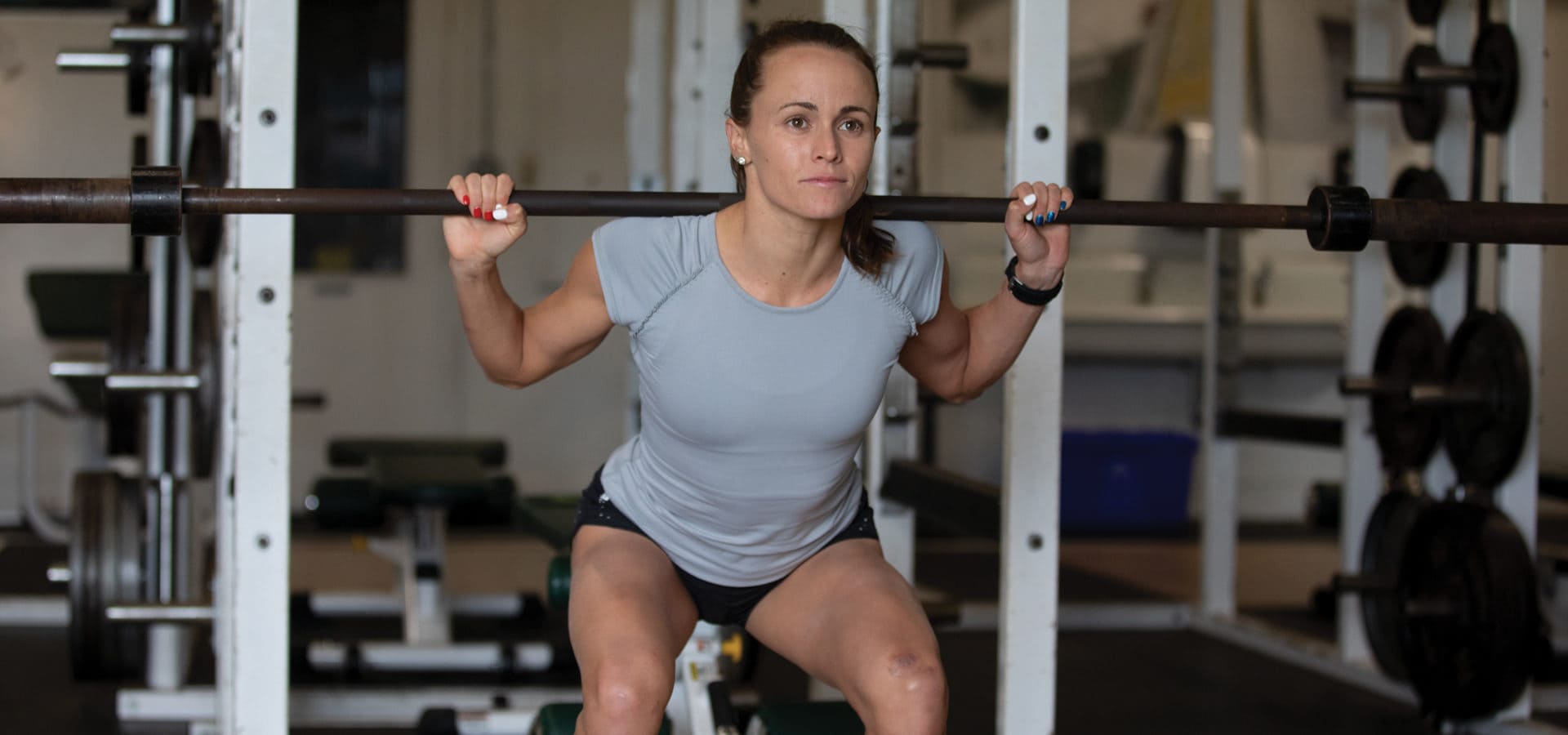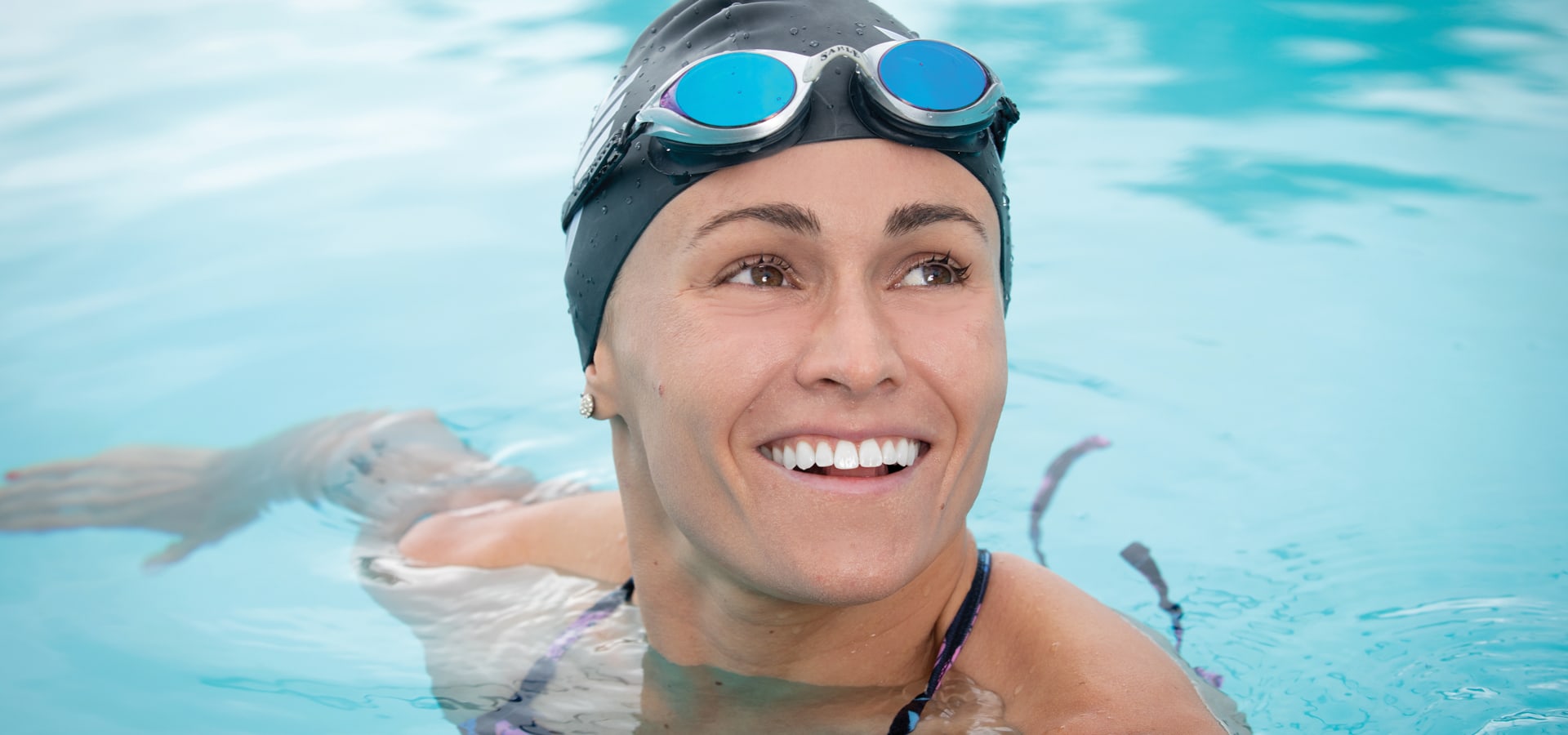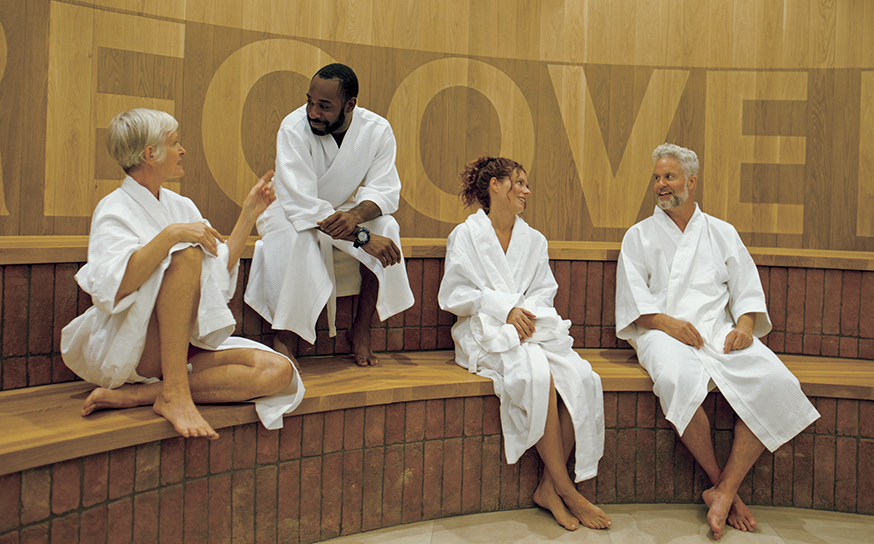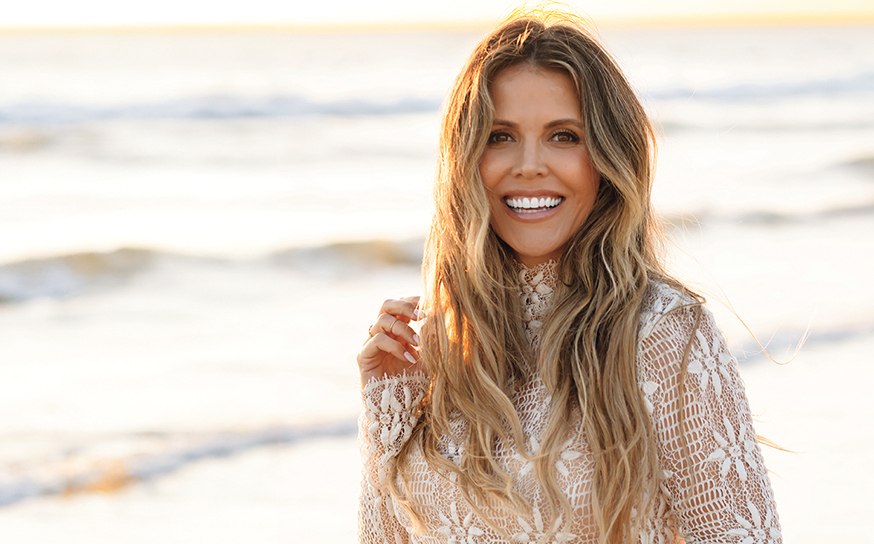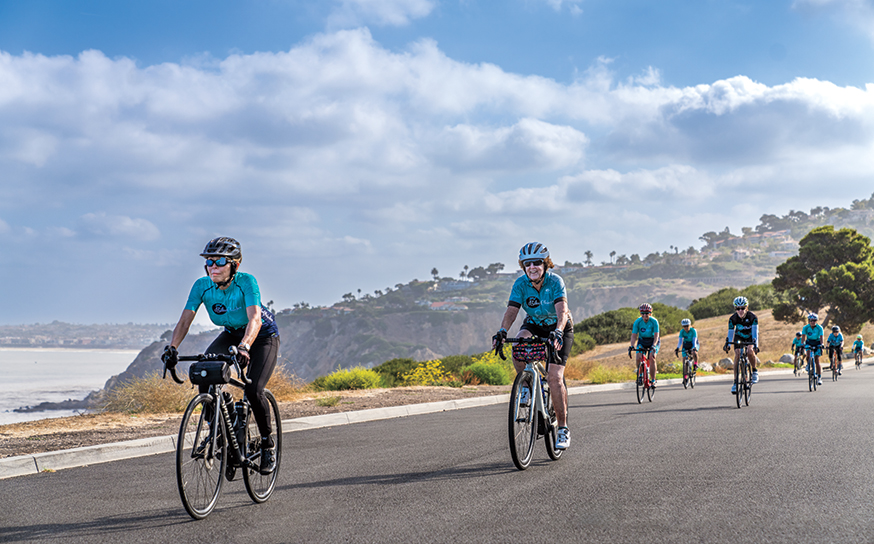Watch Triathlete Taylor Spivey Run, Swim and Ride Into 2020
She’s a triple threat.
- CategoryHealth
Little did 27-year-old Manhattan Beach native Taylor Spivey know when she joined the Cal Poly triathlon club at San Luis Obispo that her life would change forever. Born to athletic parents, Taylor was not new to sports. But triathlons would soon take over her world and become a dream career.
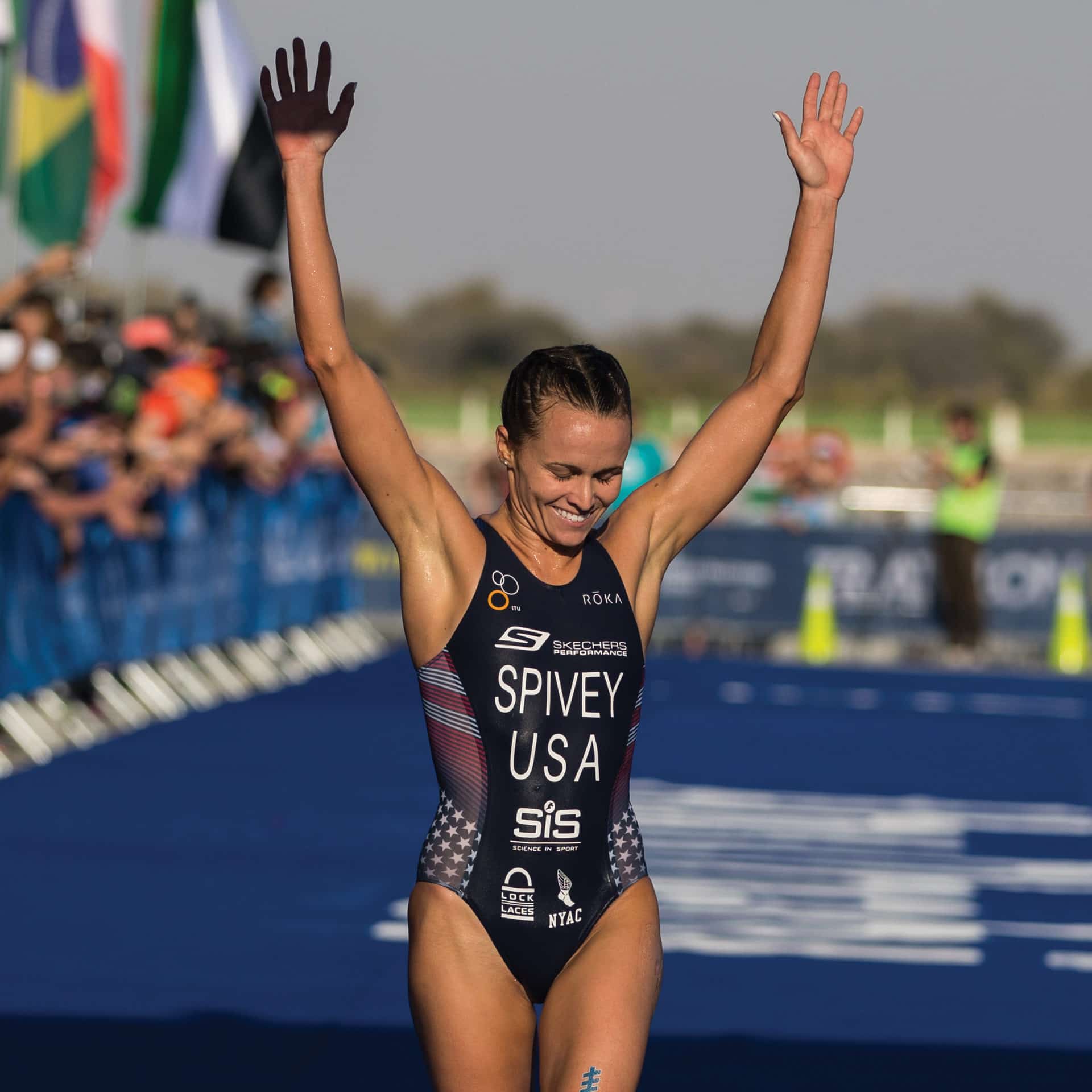
Taylor, a walk-on swimmer for the Cal Poly Mustangs, was a Los Angeles County Junior Lifeguard for nine influential years of her childhood. “The program instilled a work ethic and competitiveness and drive that I have continued to carry into all aspects of my life, including professional sports,” she shares.
She was the highly coveted MVP Cadet her final year and recognized as the Most Outstanding rookie in her graduating lifeguard class of 2009. She won quite a few accomplishments as a Junior Guard too, including National Champion multiple years and a place on the Worlds Team as both a Junior Guard and an Ocean Lifeguard. No easy feat, for sure.
At Cal Poly, Taylor decided to join the tri club to get outside the confines of the pool and enjoy the beautiful surrounding area. When Taylor finished her final swim season, she raced the collegiate nationals for the tri club and took home her first gold medal for a sport that was new to her.
Greg Mueller, a triathlon coach, looked at the event times and scores online and immediately knew she had potential. Determined to locate Taylor, he spent three months online searching social media to find her—accidentally reaching out to two other Taylor Spiveys in his steadfast pursuit.
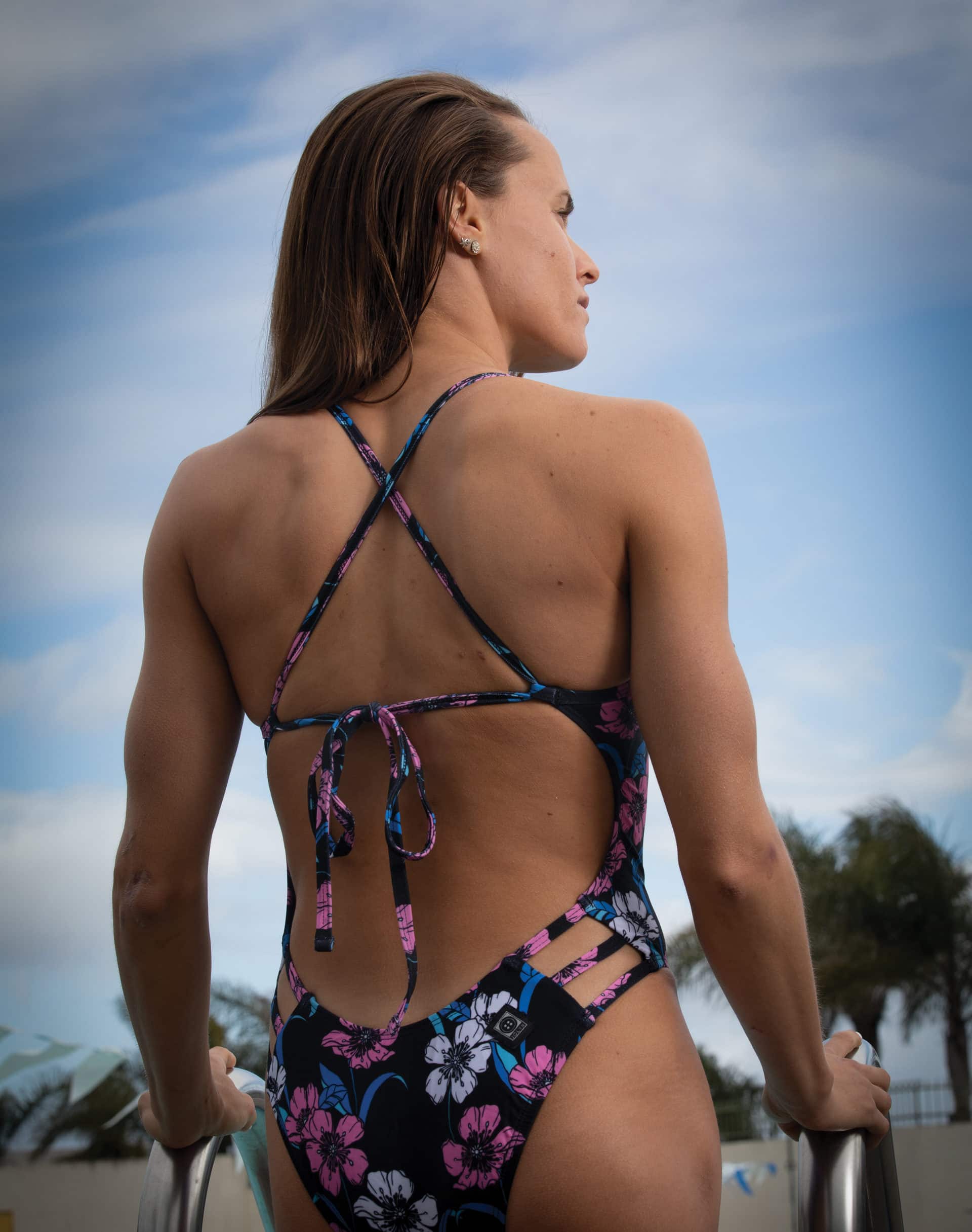
Once they connected, Greg encouraged her to do International Triathlon Union (ITU) events and offered to coach her for free while she was in college. Though slammed with finishing school, Taylor put the time in and trained full time. After a few months Greg knew that she had what it takes to be a professional triathlon athlete.
While still a student, Taylor came back to the South Bay and worked all summer as both a Los Angeles County Lifeguard and a Junior Lifeguard instructor. In addition to long days of work on the beach, Taylor continued her training. With encouragement from Greg and her team, Taylor now had the motivation to pursue the sport full time after graduating college.
There are three levels of ITU racing: the lowest level is Continental Cup, then World Cup, and the highest is the World Triathlon Series (WTS). ITU racing is about two hours long and more tactical. It comprises the Sprint (750-meter swim, 12.5-mile bike ride and 3.1-mile run) and Olympic triathlons (93-meter swim, 25-mile bike ride and 6.2-mile run).
Taylor races in a couple different series, but her main focus is the ITU. There are approximately nine events around the world each year in the high-performance WTS.
In 2016 with Greg’s help, Taylor was a selected athlete for USA’s collegiate recruitment program (CRP). The CRP was created to help fast-track single-sport collegiate athletes to triathlon.
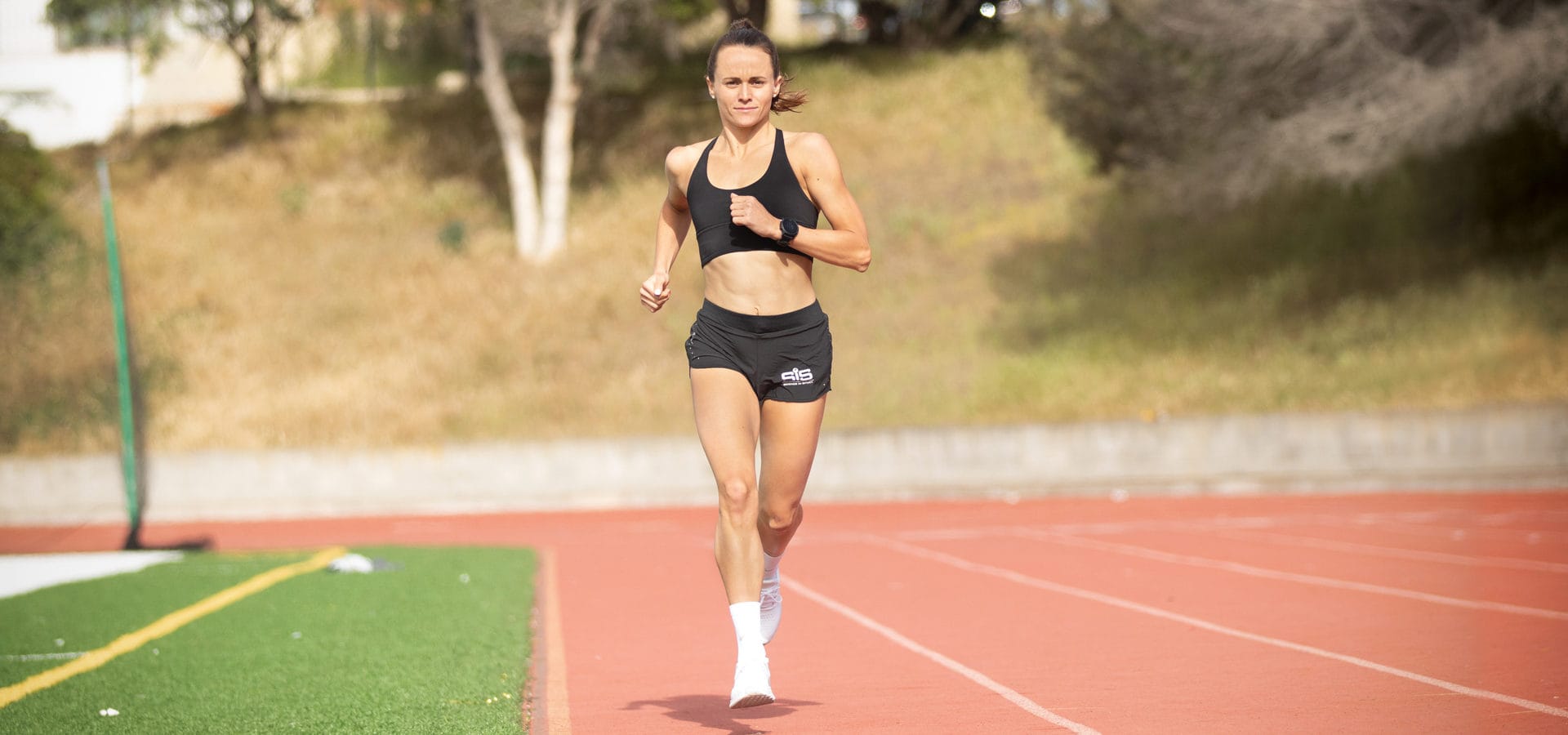
“Being a part of the CRP not only gave me the support to go all in, but it showed me what it takes and what it means to be fully invested in something,” says Taylor. Typically the CRP looks for collegiate runners rather than swimmers, but Taylor’s 2012 result at age group nationals was convincing enough.
After a year of CRP, Taylor left the program to be coached by Paulo Sousa—coach of the Triathlon Squad. The squad consists of approximately nine athletes from the U.S. and Canada. In the last year she hasn’t spent more than a month in any one given place, and she has been living out of her suitcase. With the help of Paulo, Taylor has made some impressive accomplishments.
Currently she is third in the Olympic rankings and second in the United States. The last WTS event was in Abu Dhabi, and Taylor had one of her best races to date there and placed second.
A tri-athlete has to work his or her way up within this point system to earn a start time at these races. Taylor is now off to Bermuda for her next race after she trains for a few weeks in Portugal.
There will be a test event in Tokyo a year before the Olympics that will decide who qualifies. Same course, same conditions, same time of the year–hot and humid. Most countries’ selection criteria are based on that event—especially if from a competitive country. If an athlete podiums, they automatically qualify for the Olympics. The United States has earned three spots for female competitors. Taylor hopes to be one of them.
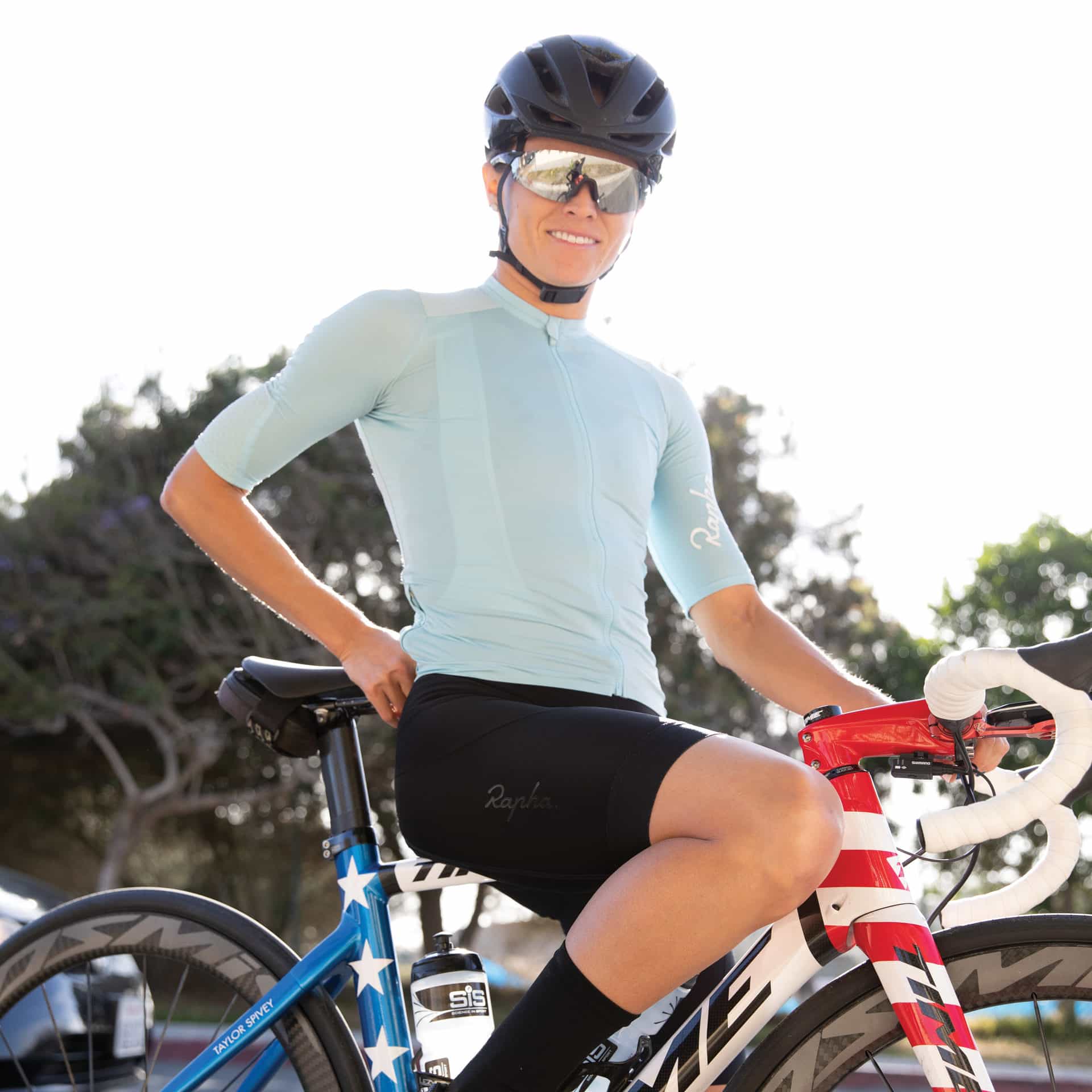
TAYLOR’S YEAR IN HEALTH
Daily nutrition:
My training volume is so high that I don’t limit myself. I just try to choose healthy, nonprocessed foods and eat at the right times of the day. As an endurance athlete, it’s important to have a high-carb diet and time food right. I always try to have a snack or a Science In Sport REGO Recovery shake ready for immediately after my workout. The 30-minute window after training—especially hard sessions—is crucial fueling time for optimal recovery.
Workout routine:
As a professional athlete, I train about 25 hours per week. The time spent between sessions is used for optimizing recovery for the next session. It’s hard, when I’m in a big training block with high volume, to have much energy to do anything. But if I do, it may be going out to dinner with my teammates, spending 30 minutes on the beach on a nice day, reading a book or getting sucked into a Netflix series.
Guilty pleasures:
Dark chocolate daily, burgers weekly and a refreshing beer rarely.
I’m not good at:
Sports that favor tall people. I am petite.
Preferred footwear:
I love my Skechers Performance shoes for training.
Staying fit:
I love and miss the ocean. But I find most of my swim fitness gained in the pool. Otherwise, I can’t get enough of chasing beautiful dirt trails while running and quietly wandering roads on my bike. I love adventure on my easy training days.
